The content of the article
- 1 Composition
- 2 What is useful cottage cheese for women during lactation?
- 3 In some cases, cottage cheese is contraindicated
- 4 How to choose the cottage cheese
- 5 The importance of the product during breastfeeding and how to use
- 6 Cooking method at home
- 7 Ways to store curd
- 8 Video: Mom nutrition during breastfeeding
Life with the advent of the child makes a significant change in the existence of a woman. First of all, the changes concern the diet of the nursing mother. Everything a woman eats during lactation enters the infant's body through breast milk. Cottage cheese is a product derived from natural milk, and it is included in the list of acceptable products from the first days of a newborn’s life.
Composition
Cottage cheese is very valuable for the organism and its properties are caused by a rich chemical composition, as well as the technology of reincarnation from milk into cottage cheese:
- Casein is a milk-digestible protein, it easily replaces animal proteins and has a high nutritional value.Per day it is recommended to use 300 g of cottage cheese to obtain the daily rate of casein.
- The product is rich in essential amino acids (tryptophan, lysine, methionine), which, in turn, have a positive effect on the kidneys. They are a prophylactic against diseases of the genitourinary system. Improve mental activity.
- Saturated with microelements (calcium, potassium, magnesium, iron), which are involved in the structure of bone tissue.
- Vitamins of group B (B1, B12), are able to protect against atherosclerosis.
- Vitamin C.
- Vitamins - A, E, PP.
- Fats and milk sugars.
What is useful cottage cheese for women during lactation?
Cottage cheese is a self-sufficient product of healthy nutrition, which carries many benefits for the body:
- Calcium and phosphorus in the structure provide the full development of bone tissue and teeth of the baby.
- Helps to avoid rickets. Promotes the correct development of the skeleton and the full growth of the baby.
- Strengthens the muscular system.
- A positive effect on the body with hypertension, heart disease and blood vessels.
- Improves the composition of the blood, enriches it with iron. Prevents anemia.
- Effective with kidney disease.
- Contributes to the normalization of weight. Is a dietary product.
- Improves brain activity. Develops memory.
- Gives health to hair, teeth, nails.
Cottage cheese is effective for the normal functioning of the growing body and is used in baby food for diseases of the liver, digestive system, kidneys, lungs, heart muscle and blood vessels. For women during breastfeeding, it is an indispensable product for recovery after a period of gestation and childbirth, and it also gives strength and energy for the further education of the baby. Improves milk quality and prolongs lactation.
In some cases, cottage cheese is contraindicated
The main contraindication to the use can be an individual intolerance of the product, as well as non-perception of cow's protein by the child's body, an allergic reaction. Recently, this is a frequent occurrence.
The immune system releases cow's milk protein as an allergen, a foreign substance, against which the protective barriers are arranged. They tend to manifest as rashes, itching, discomfort, excessive regurgitation, colic, diarrhea or constipation.There is a decrease in dynamics with each subsequent year of life. By 5-6 years, dairy products allergy usually goes away.
The lack of enzymes in the body of the newborn provokes not the perception of the product. In such cases, the answer to the question of whether cottage cheese is useful to the mother during the feeding period is obvious. It should be abandoned until better times.
Important! Before eating a dairy product, you need to be confident in its quality, especially this rule is mandatory for women during lactation. A damaged product can cause poisoning.
How to choose the cottage cheese
Undoubtedly, in order for a nursing baby to get all the valuable qualities of cottage cheese through her mother’s milk, it is important to get the product fresh, natural, therefore, it is necessary to adhere to the recommended criteria.
- Raw materials for cooking must always be fresh and natural. This milk is cow / goat.
- Color can be from white to gently cream. Should not have unnatural bluish and bluish shades.
- The taste is slightly sweet, soft, creamy. No sour or bitter aftertaste.
- The smell is milky, pleasant, without additional chemical, sour.
- The consistency is homogeneous, not exfoliating, denser than water, but less often cream.
Choosing a product on the market, you should pay attention to the appearance of the hostess, accuracy and cleanliness of the dishes. Ask for a laboratory examination report and a passport confirming the health of the animal. The best solution is to choose a trusted, regular seller.
There are people who do not use farm dairy products in principle. In such cases, the nursing mother should be thoroughly familiar with the composition on the packaging of the product of industrial manufacturing. Pay attention to the implementation period and storage conditions. If the shelf life exceeds a week, you should not use it during the breastfeeding period, as it is likely to include chemicals that can prolong the shelf life.
The importance of the product during breastfeeding and how to use
Cottage cheese, in the absence of contraindications, a woman during lactation can and even must be eaten daily.He is admissible from the first days of being in the status of a nursing mother. Its rate of inclusion in the daily diet should be no more than 150 g. It is also not recommended to give preference to too fatty product. It is enough if the fat content of the curd is in the range of 5-20%.
Breastfeeding is not the period when it is necessary to deprive yourself of valuable nutrients in order to quickly restore the ideal parameters of the figure. Nutrition control is necessary, but not to the detriment of the health of an infant. Fat-free cottage cheese does not bring special benefits to the child. The lack of fat in the curd does not allow the calcium to stay in the mother's body. For those who can not wait to lose weight, you can use a product with a small percentage of fat (5-9%).
Usually, cottage cheese is mixed with sour cream before use. By adding sugar or honey, finely chopped dried fruits, candied fruits - so you can get a tasty and nutritious dessert. This way of using cottage cheese is acceptable for a woman during breastfeeding, but in order not to cause a child to fail in digestion, diarrhea and exacerbation of colic, one cannot exceed the daily rate of the product, and the choice is made in favor of low-fat ingredients.
Homemade cheesecakes could be an ideal culinary dish during the period of breastfeeding, but the stage of roasting them in vegetable oil postpones the moment of tasting for a long 3-4 months. And then - this dish is used only in small portions. Fried food is not useful for mom and baby.
If you do not abuse it and wait until the baby is 4 months old, you can include cottage cheese cake in the mother’s diet. Baking products in the oven, baking flour products at times more useful than culinary delights cooked in a pan. It is important to remember that white flour is not particularly useful and cannot bring significant benefits to the newborn.
Cooking method at home
Cottage cheese came to us from antiquity. It was prepared everywhere and, since the process of discovery for people of such a valuable product was not fixed, it can be assumed that this happened immediately after the domestication of wild animals.
The ancient Slavs extracted cottage cheese from sour milk. He was tormented in an oven for 2-3 hours, then filtered, separated from the serum. The remaining mass was placed under the load and thus provided themselves with cottage cheese.Since then, nothing has changed, and the hostess adhere to the same rules in the preparation. An independently prepared product will be guaranteed to be natural, and most importantly - fresh.
Ways to store curd
In the conditions of the refrigerating chamber (7-8 degrees), the curd can be stored no more than 2 days. A couple of days longer can be stored without risk to health, provided the temperature in the refrigerator is 0-3 degrees.
It is advisable not to set a goal for a long time to keep the product, its main value in freshness. If there is a need to preserve the product for a long time, you can freeze it without prejudice to the useful components. In the conditions of the industrial freezer at -37, you can store cheese for about six months.
If after the use of cottage cheese some part remains, the next day it is better to subject it to heat treatment.
Video: Mom nutrition during breastfeeding

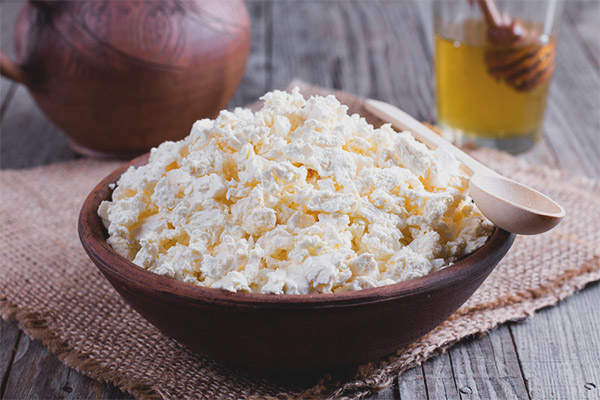

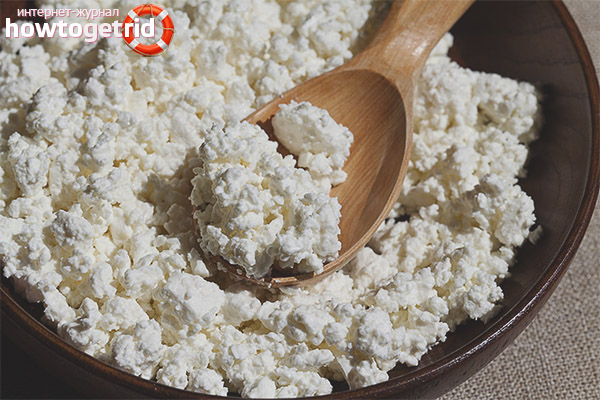


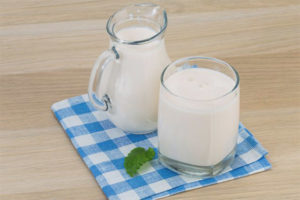


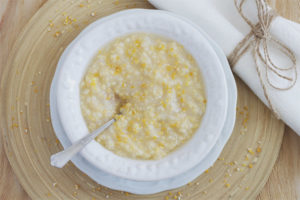
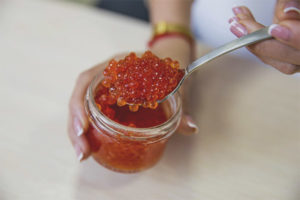
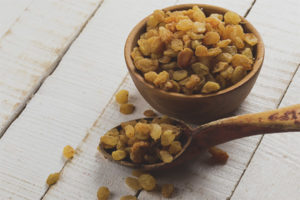

To send